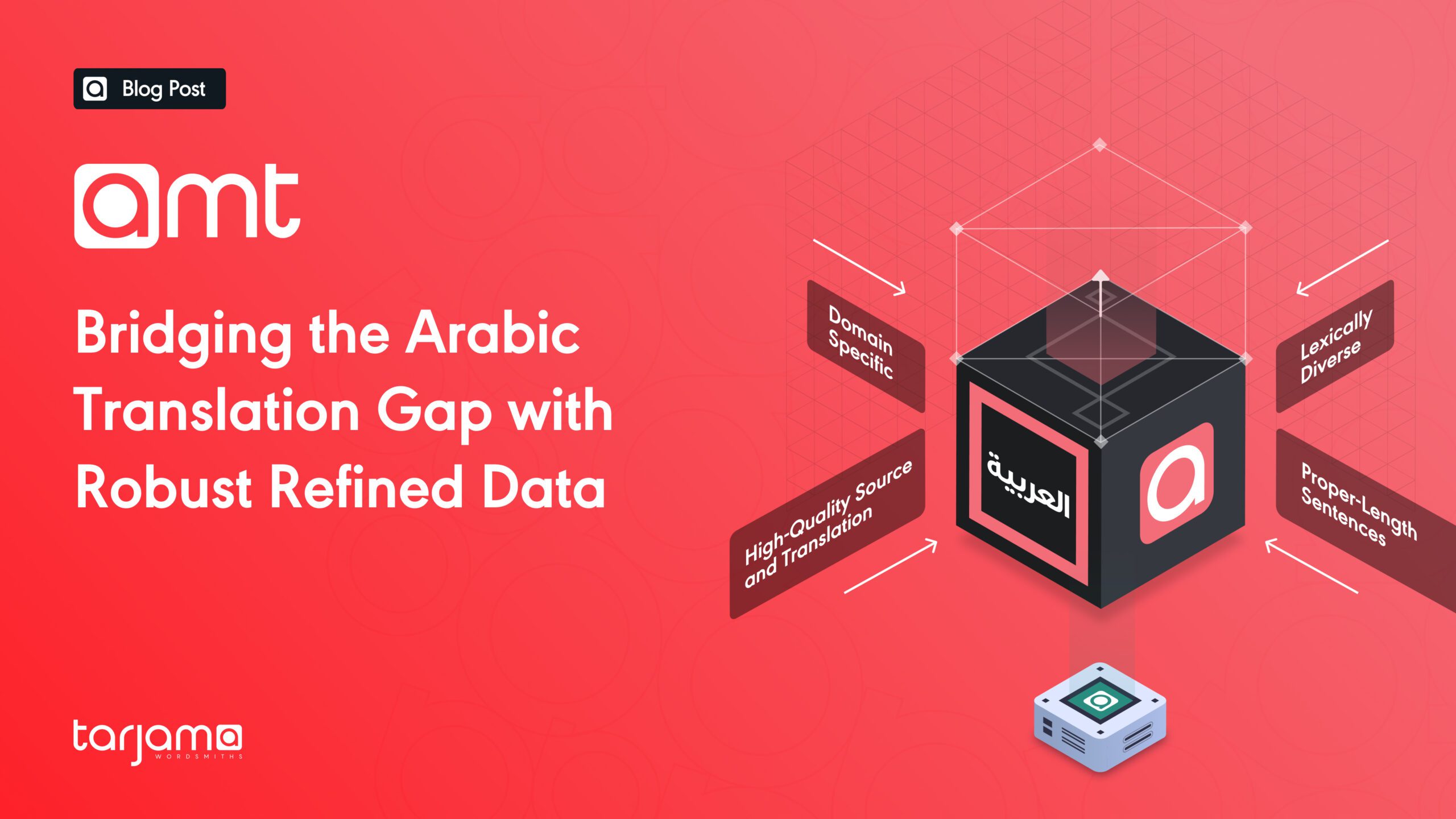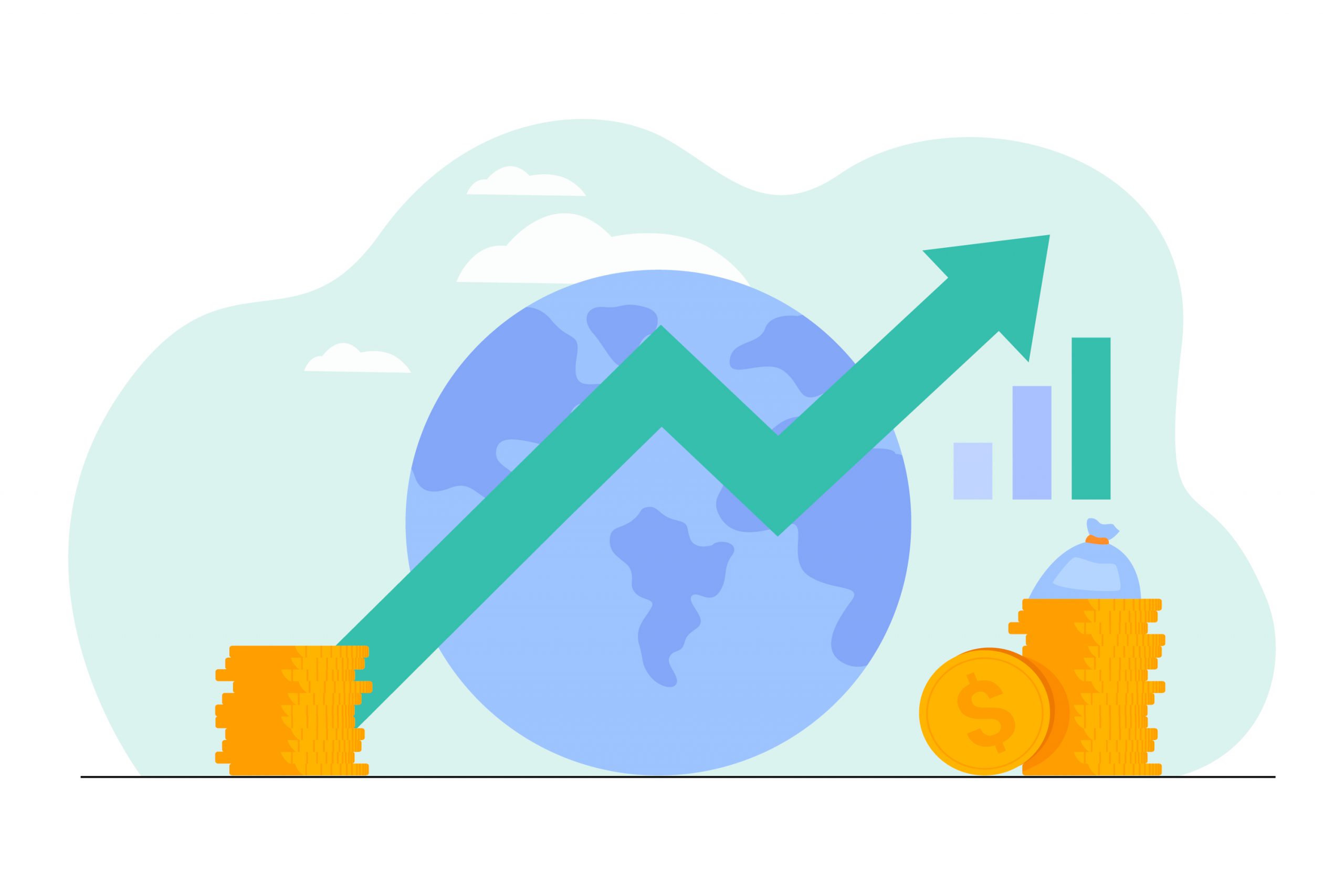Translation has always played a vital role in the healthcare industry. But as countries become more diverse; comprising people from different races, cultures, and religions, the need for medical translation is only bound to increase. A study by the US Bureau of Labor Statistics predicts that by 2024, careers in health translation and other sectors will increase by 29%. This goes to show that more healthcare professionals are increasing their focus on the localization of medical information. The importance of swift and accurate translation in the medical field cannot be downplayed because it actively involves safeguarding human lives.
For health workers and health-related organizations, both in the public and private sectors, the bulk of containment measures for any disease is ensuring that the right message is passed to the population. To curb outbreaks, people need to be informed about how it spreads and what steps to take in case one displays the symptoms of the disease. Most of the time, the information required to spread awareness needs to be generated quickly in multiple languages. This is where the use of automated systems comes into play. Automated translation is faster and costs significantly less money to generate, making it the most appealing partial alternative to human translation.
How COVID-19 Has Exposed a Language Gap in the Healthcare Industry
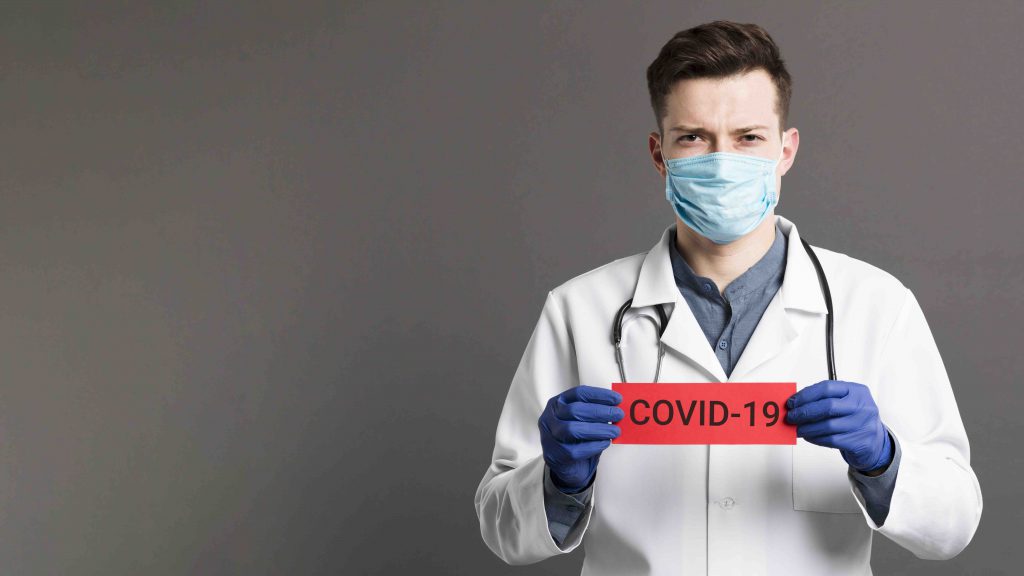
We cannot talk about translation in healthcare right now without addressing the current health crisis that the world is in. Since its outbreak in late 2019, the Coronavirus has claimed over 750,000 lives globally to date, but scientists predict that the numbers could have much been higher had the right precautions not been taken on time. In response to the disease, the World Health Organization (WHO) set guidelines that would later be synonymous with the disease- Stay home; Wash your hands; Use an alcohol-based sanitizer; Practice social distancing. This message has been blasted over and over on digital and print media and social platforms. Many people have actively saved their lives by abiding by these protocols, mostly due to how accessible the information has been.
Because this strain of Coronavirus is fairly new, there’s extensive research being undertaken round the clock to come up with better curative and preventative measures to curb its spread. As such, new information is being released by local and international health bodies regularly. To ensure this information is passed on accurately to everyone without any marginalization, considerable effort is directed into translation. This helps to reduce people’s reliance on second-hand information from alternative sources that can’t be verified. How can the curve be flattened if some people don’t know the right containment measures? Therefore, the translated content should be available as soon as new information is released in the source language. This is becoming an increasingly overwhelming task for medical translators to take on, especially in countries where there are several mainstream languages.

The Solution? A Translation Management System
As stated earlier, automation is key in expediting the process of translation and localization of information. Translation Management Systems (TMS) have been around for a considerable amount of time now and are in use in various sectors such as business and software development. A TMS makes it possible for all stakeholders involved to access, monitor, edit, and discuss the translation process. This access brings synergy to the translation by allowing input from all departments involved within the sector.
Advantages of Using Translation Software for Your Healthcare Company
Before delving into the specific use cases of TMS into healthcare, it is pertinent to discuss the advantages of adopting automation into healthcare.
– Reduced costs
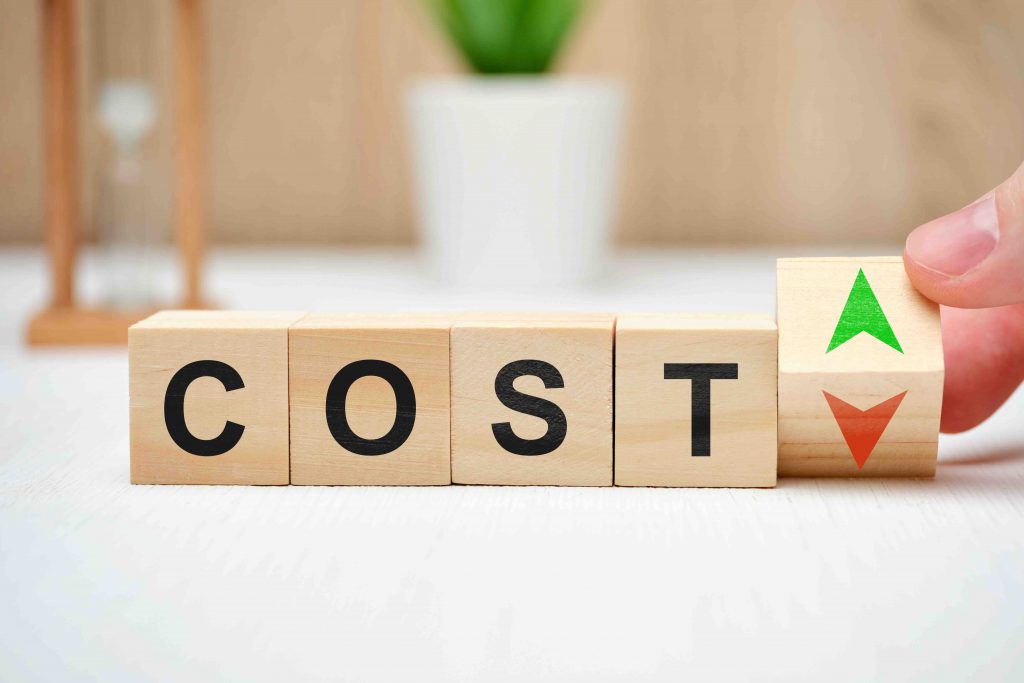
Because the use of automation reduces the number of human translators required, the process of translation is less expensive. The saved income can be injected into other projects that can generate additional revenue.
– Easing the burden on your administrative staff

You don’t want your essential employees struggling with interpretive work within your organization. The level of efficiency within any organization is determined by how well the human resource is utilized, so you want to make proper use of your workers. Using translation systems not only saves their time, but it also saves you money!
– Increased quality and accuracy

Inaccuracy is a major problem facing translators everywhere. In the healthcare industry, errors and ambiguities in the translation copy can result in reimbursement claims and mistakes in healthcare records. All these can have negative implications for your organization. It is therefore important to make sure that what is said in one language is reflected accurately in the translation. The use of healthcare translation services makes it easier to detect and correct errors, saving you from liabilities.
– Improved customer service

Just like in any other business, your healthcare based one may buckle due to the fierce competition within the industry. To survive, you must ensure that the service you provide to your clientele is impeccable. It would be unfortunate if you cannot cater to a customer because you don’t have a translator in their preferred language. Regardless of whether the service is one on one or through the internet, your customers should feel heard and understood, otherwise, you risk losing them to your competition.
Translation technology makes it simpler to address the needs of a wider client base by incorporating more languages into your service packages. It makes translation instantaneous and prone to fewer errors.
4 Use Cases for TMS in Healthcare
Apart from churning out quick translations, TMS can be used in other scenarios unique to the healthcare industry to help manage the localization process.
1. Creating fine print for global clinical trials

Before you can put forward a remedy as a cure for a disease, it has to go through several rigorous rounds of clinical trials. For COVID-19 for example, several trials are being undertaken to test the efficacy of certain drug cocktails as the cure for the disease.
Since the scale with which you have to test your new drug will most likely be a global one, and as such, you require translated documents to accompany your trial.
A significant amount of drug trials also involve communication between the patient and the doctors, discussing symptoms and reactions to the drug. Since the people from different cultures, races, genders, and literacy levels may be involved in the trial, it is important to make the translated copy accurate, culturally sensitive, and understandable to all. This will ensure that the data collected is truthful and will provide the much-needed insight as to whether your remedy produces the desired effect. Analyzing the data from patient responses usually poses the greatest challenge during this process. Using translation software that supports multiple languages, allows proper communication between your healthcare professionals and translators usually goes a long way in easing the process.
2. Packaging of pharmaceuticals
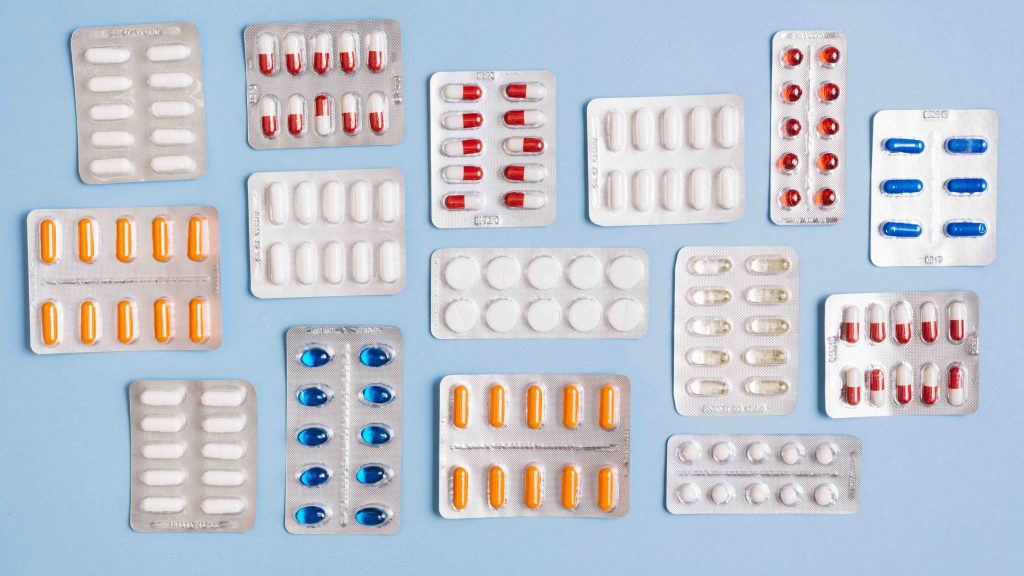
Every prescription drug sold is usually accompanied by documentation that details the proper use of the drug, the ailments it is developed to address and some accompanying side effects. Not only is this documentation useful to the patient, but it also spares you, the developer from being liable for its misuse due to ignorance on the part of the user.
This documentation is usually printed out in several languages depending on the locality of its use. Since the wrong use of medication can have fatal repercussions, you must be sure that the printed instructions are clear and error-free in all languages. Meeting the required international standard at reduced prices can only be possible if the right translation management software is used.
3. Translating medical records from language A to B

It is not uncommon for a healthcare facility to require its entire database to be translated from one language to another. As you can imagine, hospital records tend to be numerous and bulky and would take human translators a long time to make any significant progress. The use of translation software in a scenario like this is not advisable but necessary. TMS is known to reduce translation time by almost two thirds, making it a useful tool in bulk translation. Coupled with other CAT tools such as TM tools, the process of rendering records from one language to another is made easier.
4. Localization of medical software
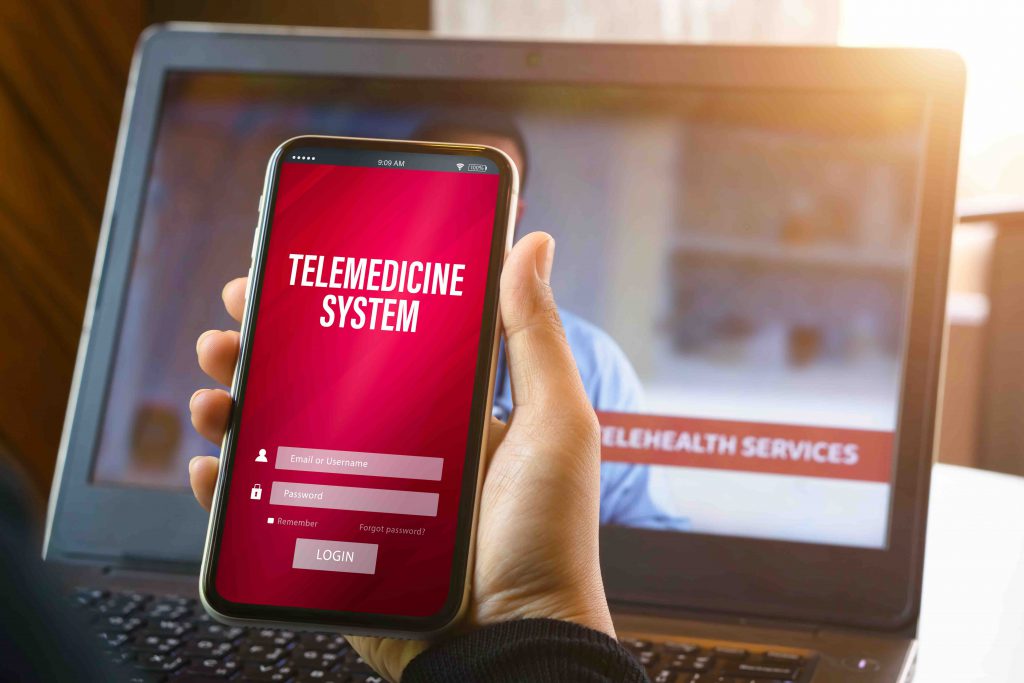
Software that accompanies medical equipment needs to be localized for use in different countries. This translation increases access to quality medical care to communities who would have otherwise remained unreached. This process is normally rigorous, as medical language tends to be full of jargon that is sometimes difficult to translate. Using TMS ultimately expedites this process, allowing localized content to be generated hand-in-hand with the original material.
In conclusion…
As advances in science and medicine are achieved every day, it is important to ensure that this information is translated into multiple languages to allow the world to benefit from the impact of these advancements. The use of automation in this localization process makes the process faster, cheaper, and prone to fewer errors. It is therefore advisable that all healthcare providers and health-based businesses adopted this software into their translation process.
Need specialized medical translations? Get an instant quote for Tarjama’s medical translation services delivered with unmatched accuracy and industry expertise. You can also Book a demo to see how you can save your business time and money with our cutting-edge translation management system.


